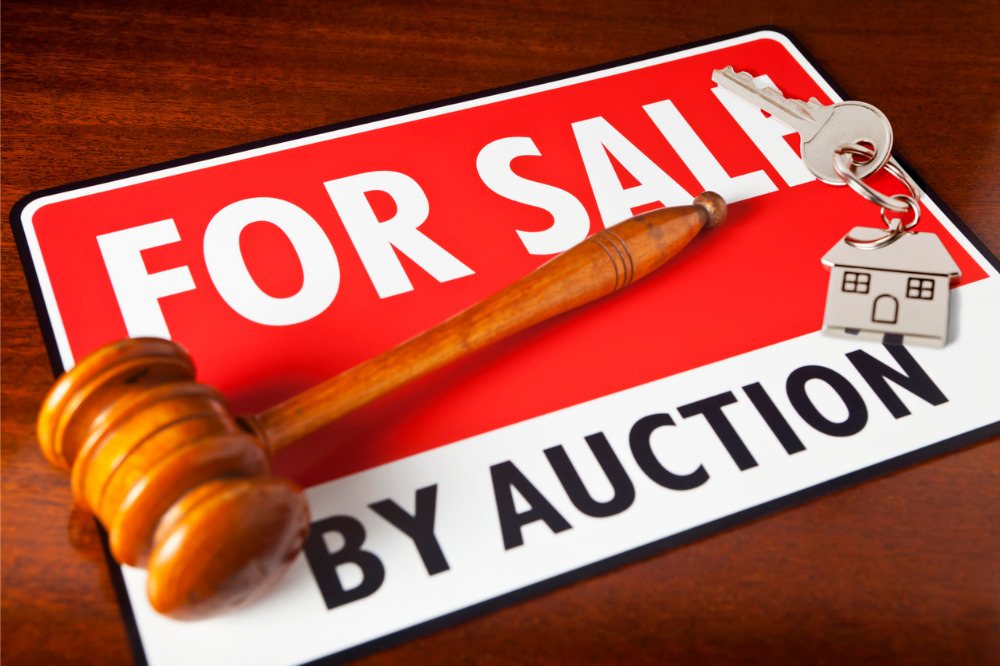Home buyer hopefuls trying to research their options have been advised to look at sold prices rather than price guides, even amidst the falling housing market.
Some sought-after homes are defying the downturn and are selling for hundreds of thousands of dollars over reserve, while some pockets of underquoting persist, with agents offering an unrealistically low-price guide to attract interest.
“The sooner buyers stop using the guides and stop fooling themselves, the more successful they will be,” Michelle May, of the eponymous buyer’s agency, told The Sydney Morning Herald. “Buyer beware – and it really starts from the moment a property is listed.”
Domain data showed that median house prices have slipped 8.3% from their peak in Sydney, 6% in Melbourne, 4.3% in Brisbane, and 1.5% in Perth, as increasing interest rates squeeze home-buyer budgets. The downturn is uneven, however, and not all homes are getting cheaper.
May said A-grade quality houses in inner suburbs can still attract a minimum of six bidders at an auction, while less sought-after homes or apartments with unrealistic vendors might eventually sell for less than their reserve price.
She said buyers should go through the sold section of real estate portals and look at recent sales results within their budget and desired location. Buyers were also urged to sign up to the database of every agent in the area to receive their auction results, and to compare results by looking at the land size, level of finish and street.
Rich Harvey, buyer’s advocate and propertybuyer.com.au CEO, said a shortage of listings in the late spring selling season had ramped up competition for the best quality homes, SMH reported.
Potential buyers should do well to start their search by attending 10 to 20 auctions over a couple of months, then record the asking price and the sale price on a spreadsheet, Harvey said.
He also advised buyers to look at comparable sales the agent has suggested and check if they are inferior, superior, or a fair comparison, while also taking into account the aspect, construction, floor plan, quality, and features.
“The lower end of the market, and what we call the B- and C- and D-grade properties on busy roads, are definitely trading for well below what they were at the peak,” Harvey said. “There’s still high demand for quality, well-located, well-presented properties. Some agents are still underquoting – it’s definitely a problem.”
Cate Bakos, Real Estate Buyers Agents Association of Australia president, said if a buyer finds a comparable sale inferior, then it probably is.
Bakos advised potential buyers to search for sold properties or read weekend auction results, and consider land size, attributes, and sold prices. To find out undisclosed results, she recommended reaching out to the selling agent.
Bakos also urged buyers to visit auctions and compare sale prices with price guides, as well as watch buyer participation to understand their potential rivals.
“Have a look at who’s bidding, because the underbidders are your competition – you’ll be facing them – and take notes of what they’ve bid to,” Bakos said. “So, you’ve got a bit of an idea in your mind as to what your competition has to spend.”
She discouraged buyers from relying on computer-generated valuation estimates that appear online, as these may not always know if a property has been extended or subdivided.
Bakos said the prices of the few renovated family homes for sale were pushed over their guides due to competition, some of the first-home buyer products were selling at the bottom or middle of their price range, while properties that need work were often passed in at auction, taking an adjustment to their asking price and possibly selling lower.
“It’s not a single-speed market. It’s actually a multi-speed market,” she told SMH.


